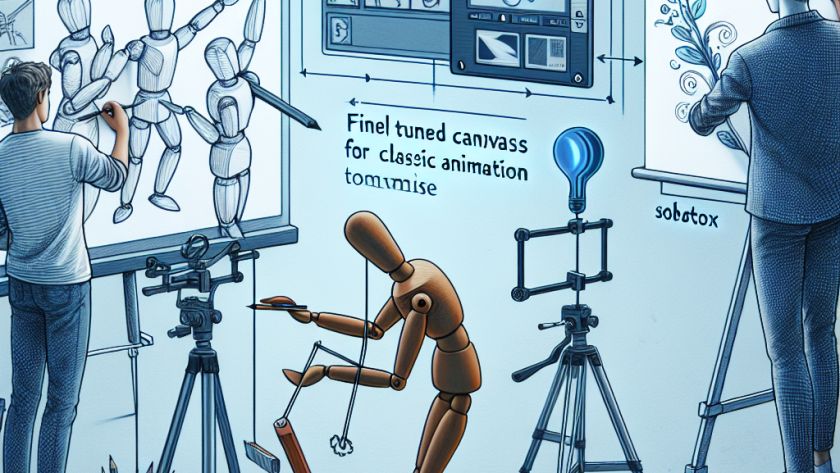Researchers from MIT have developed a method that could provide animators with greater control over their animations. This new technique generates mathematical functions known as barycentric coordinates, which define how 2D and 3D shapes can bend, stretch, and move through space. This allows the artist to determine the movements of animated objects according to their…






